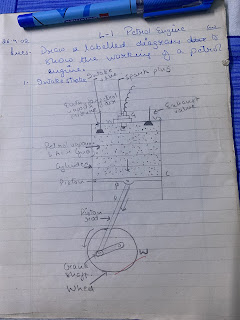Universe

Q Draw the diagram of Ursa Major and Orion? Q Give two points of difference between galaxy and constellations? Galaxy Galaxy is a vast collection of billions of stars. There are so many galaxies in this universe. Constellations Constellation is a collection of few number of stars in a definite pattern. Only 88 constellations are known so far. Q Define 1 light year? How many meters make 1 light year? And how many light-years make one parsec? The distance traveled by the light in one year is called as one light year. One light year equals 9.46 into 10 to the power of 15 meters. 1 parsec equals 3.26 light years. Q Explain the following steps in the lifecycle of a star? Formation of a protostar? Formation of a star from protostar? Formation of a giant star from a star? Formation of a protostar. The formation of a protostar begins from a huge gaseous cloud mainly of hydrogen and some helium, and at a very low temperature of -1, 73°C. Due to gravitational force the cloud starts c...
